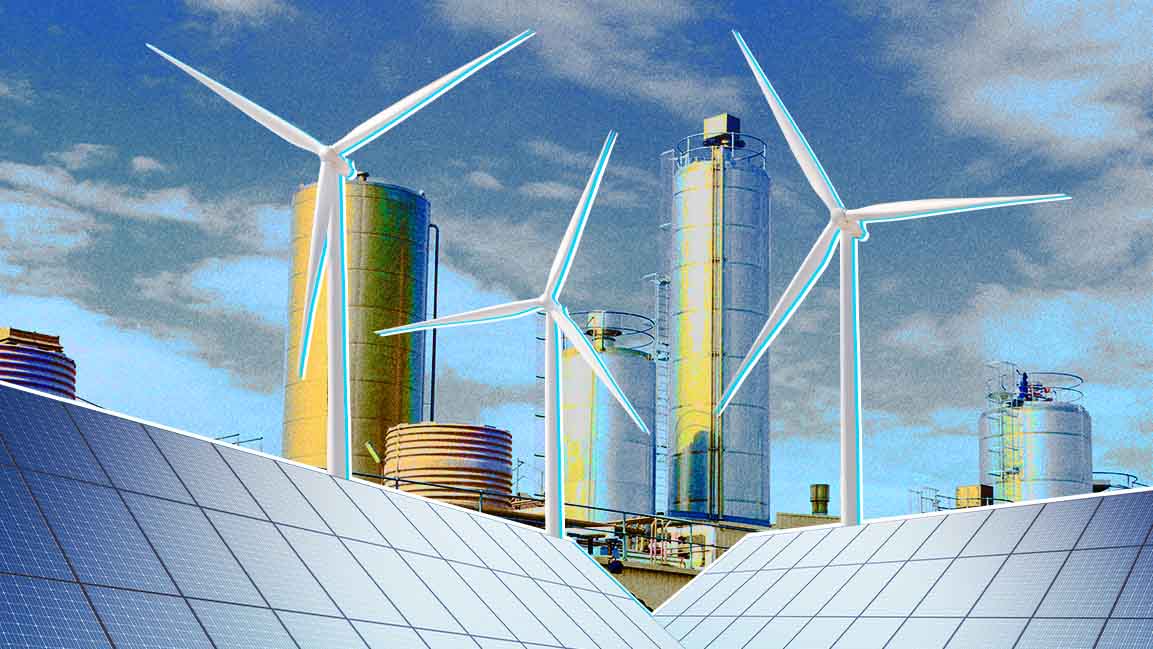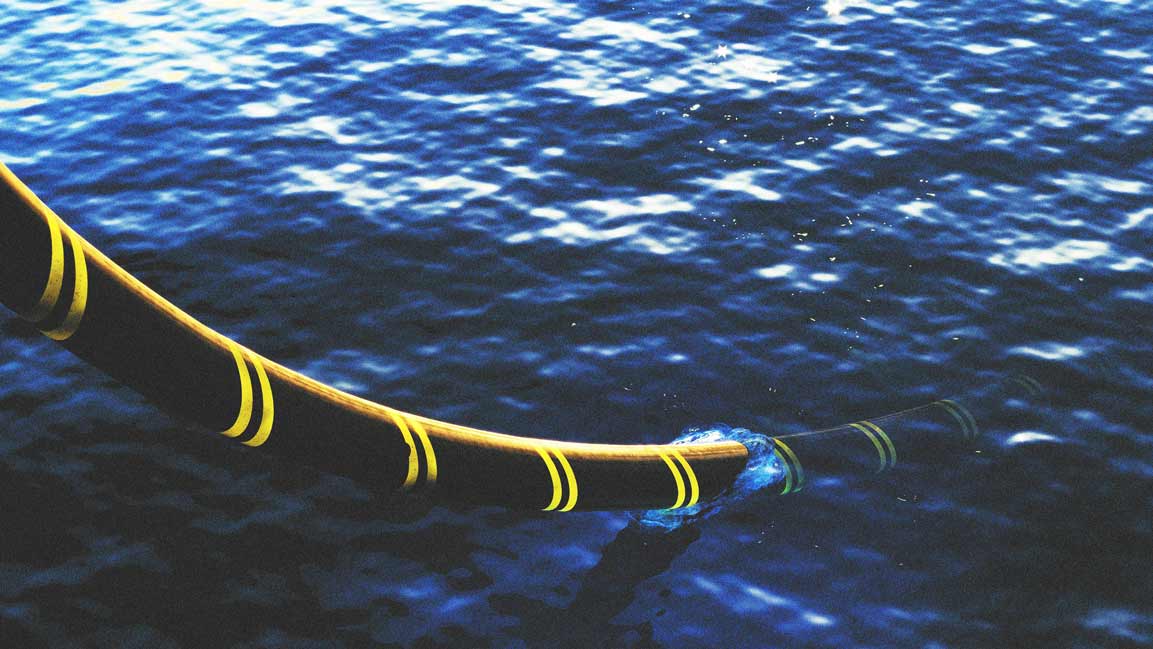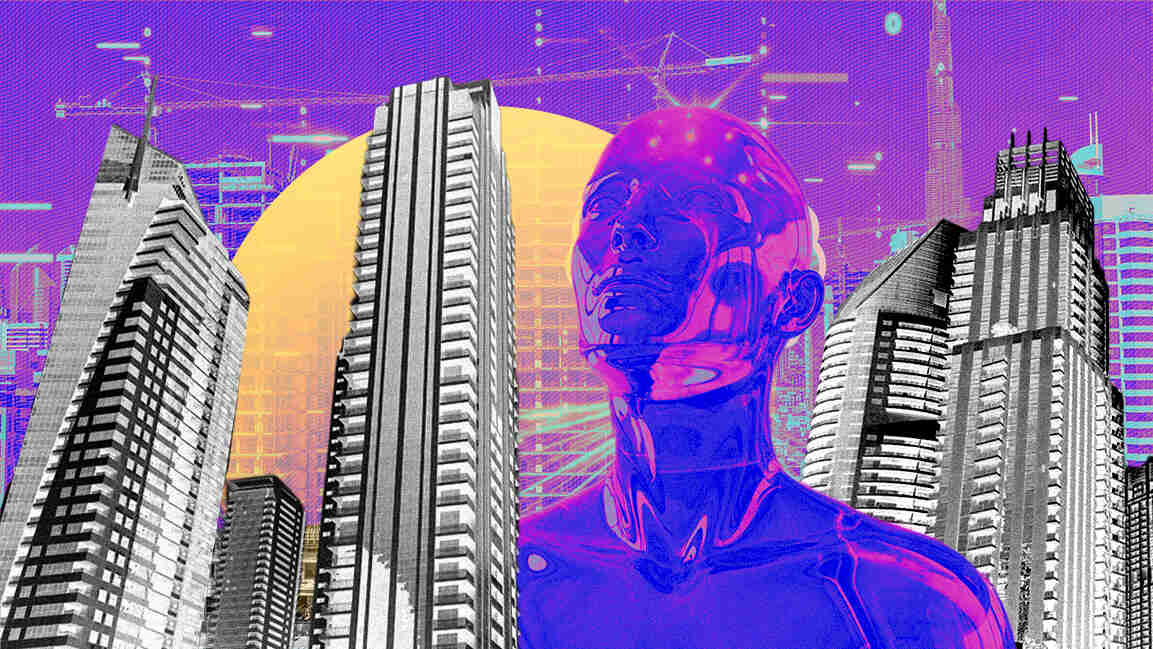- | 9:00 am
Will the Middle East witness a new era in manufacturing with a clean energy boom?
The region has invested billions of dollars to boost domestic clean energy production, which could feed into its manufacturing ambitions.

Global investment in clean energy technology and infrastructure – including renewables, electric vehicles, nuclear power, grids, and storage – is set to hit $2 trillion this year. According to an International Energy Agency report, in 2023, combined investment in renewable power and grids overtook the amount spent on fossil fuels for the first time.
“For every dollar going to fossil fuels today, almost two dollars are invested in clean energy,” said IEA Executive Director Fatih Birol.
“The rise in clean energy spending is underpinned by strong economics, continued cost reductions, and energy security considerations,” he added.
CLEAN ENERGY INVESTMENT
Although not among the regions accounting for the largest share of clean energy investment, the Middle East is starting to change that through hefty increases in renewable energy generation capacity. It invests to boost domestic production of electric vehicles, batteries, and equipment for solar and wind farms. The region’s renewables producers—the UAE, Saudi Arabia, Qatar, Oman, and Jordan—are lifting green capacity to new highs.
The World Bank estimates that 22-26% of all solar energy hitting the Earth is concentrated in the MENA region, which can supply at least 50% of global electricity consumption.
Countries in this region, including Saudi Arabia, are playing a leading role in the development of green hydrogen. The Neom Green Hydrogen Company’s plant, when fully operational in 2026, will be producing over 600 tonnes of carbon-free green hydrogen.
This combination of continued growth, alongside significant new renewables projects in the countries, while establishing important energy transition momentum, is spurring companies to invest in new factory operations globally powered by clean energy—solar, wind, and green hydrogen.
PAVING WAY FOR SUSTAINABLE MANUFACTURING
Will this herald a new era in manufacturing as the region switches to clean energy?
“As clean hydrogen production takes off, it will undoubtedly pave the way for sustainable manufacturing, such as green steelmaking powered by clean hydrogen, both in this region and globally,” says Wesam Y. Alghamdi, CEO of Neom Green Hydrogen Company. “With clean energy as the foundation, the Middle East is poised to lead the global push towards reducing carbon emissions across the manufacturing value chain.”
Saudi Arabia, the UAE, Oman, Egypt, and Morocco are actively exploring green hydrogen opportunities, signing memoranda of understanding for strategic partnerships, and conducting feasibility studies.
The UAE and Saudi Arabia, the top countries in the region investing in clean energy projects, are also the big drivers of a major manufacturing boom in the region, especially for electric cars and steel industries.
As companies look for industry-friendly countries to expand their manufacturing operations, Middle Eastern countries, which have abundant clean energy resources, fit the bill.
“The significant investments coupled with favorable government policies are attracting global manufacturers to the region, fostering sustainable industrial growth, and strengthening the region’s position in the clean energy transition, which feeds into multiple sectors such as the automobile and steel industries,” says John Iossifidis, Group CEO of Al Ghurair.
Saudi Arabia stepped on the accelerator to prepare for sustainable manufacturing when it launched Alat. Electronics and robotics to semiconductors and capital goods – all will be manufactured sustainably and powered by clean energy.
Earlier in an interview with Fast Company Middle East, Nick Reynolds, CMO of Alat, said, “In Saudi Arabia, we are building a sustainable manufacturing hub from the ground up, from a clean slate. And that allows us to radically shift and transform electronics and industrial manufacturing and take advantage of all best practices. So that means we will create the lowest carbon footprint plant, a green facility, a green building.”
Projects like these reflect a growing realization of the financial opportunities that come with clean energy projects in the region.
Last year, promoting environmentally friendly and energy-efficient production in the manufacturing sector, Dubai launched an initiative spearheaded by the Dubai Electricity and Water Authority PJSC, enabling manufacturers to install captive solar generation up to their total connected load, empowering them to meet their own demand while slashing power costs. The power policy also prioritizes manufacturers who purchase international renewable energy certificates, thereby boosting their potential to achieve net-zero goals and sustainability targets. Until now, the UAE has invested about $160 billion in renewable energy infrastructure.
The build-up of expertise in green energy technologies, including the construction of utility-scale solar farms, such as Mohammed bin Rashid Al Maktoum Solar Park and Shuaa Energy 3 project, and the manufacturing of electric vehicles, are considered key platforms for diversification drive in the region.
Expansions in industry and manufacturing, which are boosting energy use and straining the area’s energy generation systems, have fostered rapidly growing support for renewable energy development throughout the region and expectations for further accelerations in renewable capacity development in the years ahead.
The region is also seeing a major injection of capital investments, and many believe it is set to become a leading green energy hub.
Alghamdi says countries like Saudi Arabia are emerging as energy transition leaders. “The investments involved are significant – NGHC’s green hydrogen plant in NEOM alone relies on $8.4 billion of investment. Importantly, our investment is drawn from international and local shareholders and financial institutions, underscoring the global confidence in clean energy projects in this region.”
“As the first green hydrogen facility at scale, with construction already underway, NGHC is proving the business case for large-scale green hydrogen production and is the blueprint for many other projects and investments to come,” he adds.
INCREASED PACE OF GROWTH
According to Iossifidis, the pace of growth for manufacturing powered by clean energy will significantly accelerate in the next five years. “Considering that the projections of over 85% growth will come from solar energy, this will reduce its price, making clean energy more cost-effective for manufacturers.”
“This, coupled with advancement in battery/electricity storage at a reduced cost, is a major driver for corporations such as Al Ghurair to leverage these innovative manufacturing methodologies and invest in adopting clean energy in our operations,” he adds.
Given the growing demand for energy throughout the Middle East to feed the region’s established refineries, chemical plants, and planned factories, greater renewable energy production will be needed.
By stepping up its green power capacity development, the Middle East may be able to build on its green energy-momentum and potentially emerge as a manufacturing hub powered by clean energy right at the heart of one of the world’s largest fossil fuel hubs.
“Five countries — UAE, Oman, Saudi Arabia, Bahrain, and Kuwait — in the region have set net zero emission targets. Given this, it is only natural for governments and businesses in the Middle East to focus on investing in clean energy manufacturing to help meet these commitments and thereby start realizing the benefits of sustainable practices,” says Iossifidis.







































